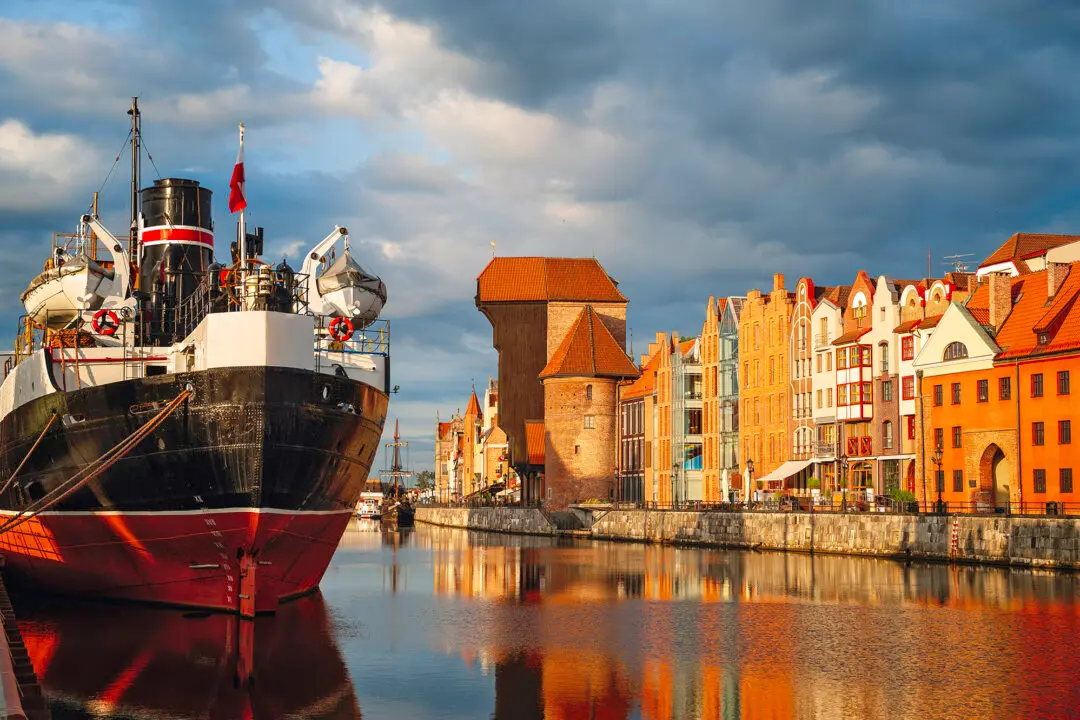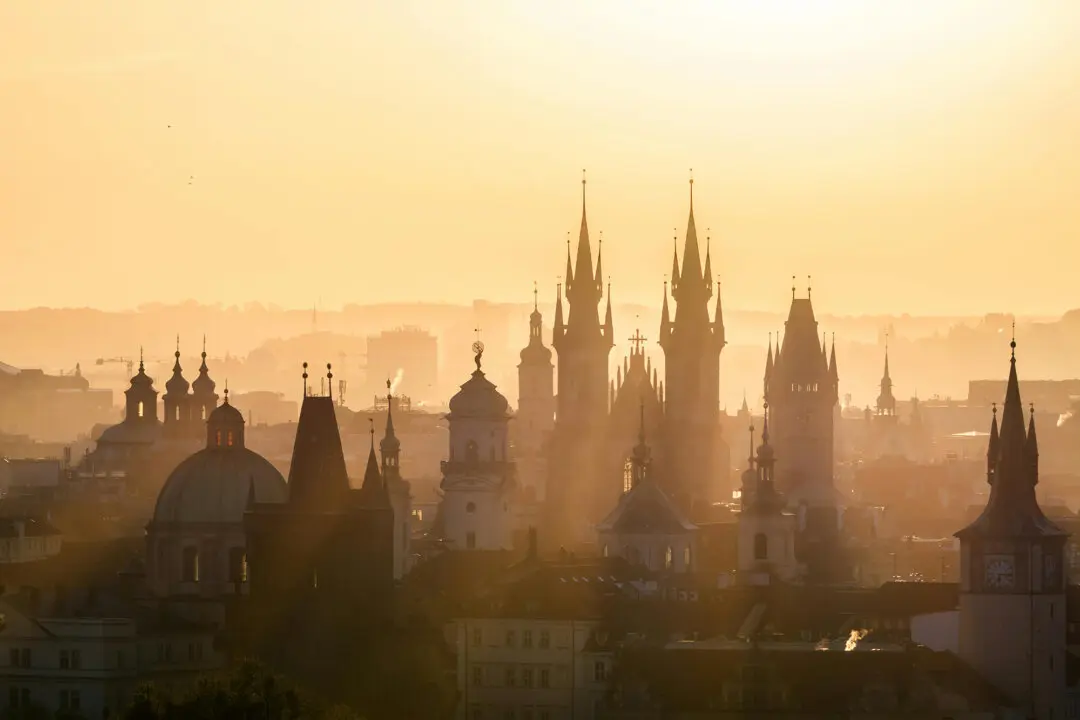Crowning a jagged rise of ancient sandstone thrust up over the surrounding valley, this has been the site of a castle for many centuries. But its current, fantastical form—its glitter and swirls—has only occupied this prominent space for less than 200 years. Round towers and golden onion domes and a big clock ticking away below squared-away parapets, all of them competing for space atop Rocchetta Mattei, an impressive mishmash of architectural styles and inspirations.
Entering from below and following the curving cobblestone path into the castle, I arrived in a courtyard that was, once upon a time, resplendent with gardens, complete with a flowing fountain. All the surrounding symbols are about power—a harpy, a lion, even a balcony built especially for the pope, should he had ever chosen to visit, which he didn’t.





